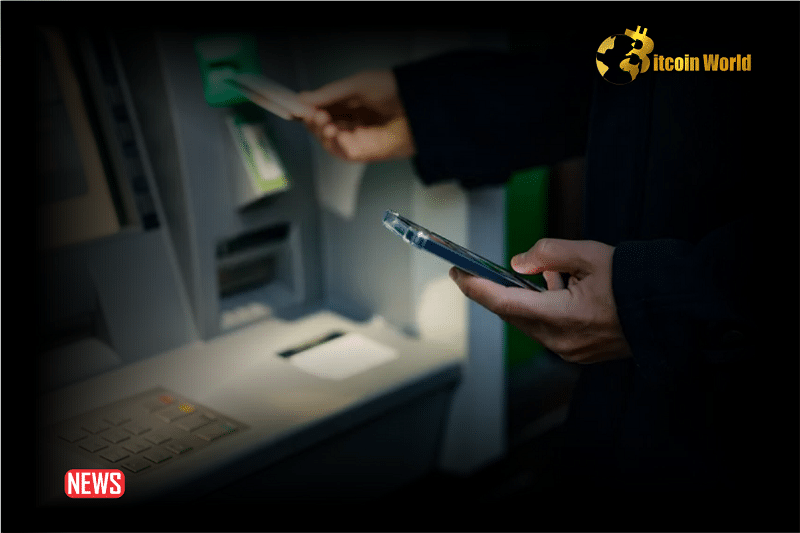An ATM owned by a multi-billion dollar bank in London was reportedly swarmed by customers after dishing out more cash than requested.
Customers at NatWest bank abruptly rushed to the lender’s ATM in East Ham, East London after a video circulated online showing the machine was malfunctioning, reports Metro.
People lined up as news spread that the machine was dispensing twice the requested withdrawal amount.
According to a NatWest representative, the machine malfunctioned due to a technical glitch.
“Due to a one-off manual error, a number of transactions at one ATM dispensed more cash than the requested amount.
This has since been fixed and customers can use this ATM as normal.”
Read Also: Justin Sun Announces Airdrop For HTX And Poloniex Users Following Hack
It remains unclear whether those who withdrew funds from the malfunctioning ATM and collected double the amount of cash have kept the money.
The bank could sue them for “retaining wrongful credit” under England’s Theft Act 1968.
This isn’t the only NatWest glitch in recent months.
In September, the BBC reported that NatWest customers started complaining online that they were missing the latest deposits in their accounts. The issue was immediately resolved and the account balance of the affected customers was updated.
NatWest is one of the UK’s largest banks with 960 branches and 3,400 cash machines across the country.









